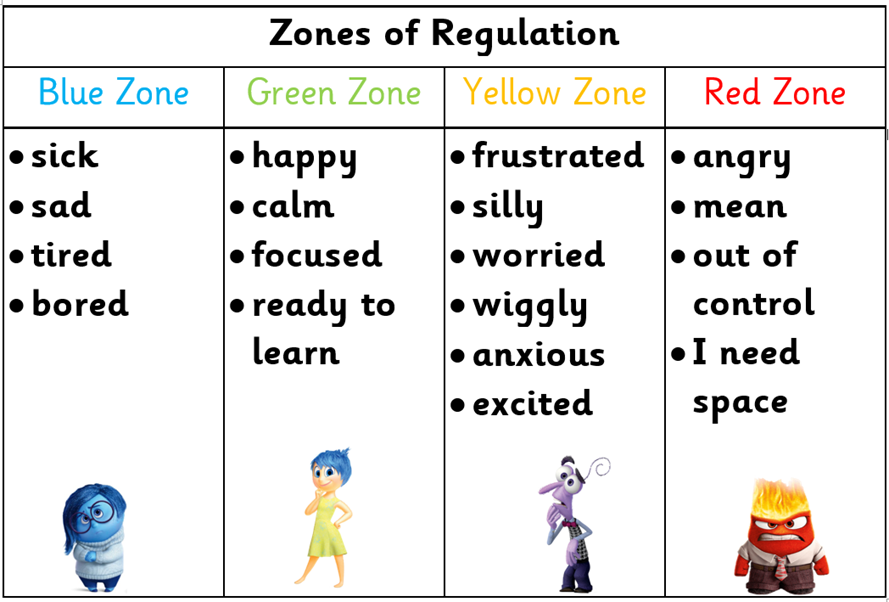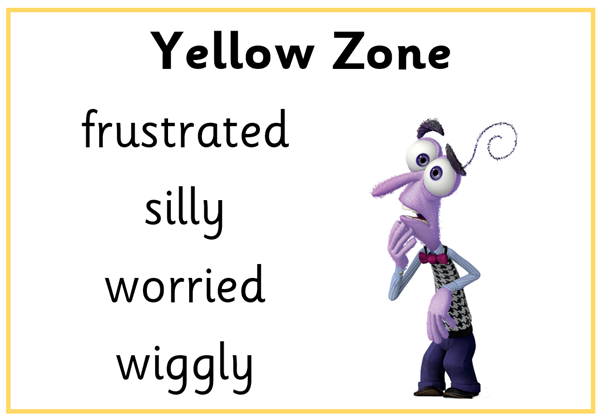
Zones of Regulation
An Introduction to the Zones of Regulation
At Archibald First School, we aim to teach all of our children good coping and regulation strategies so they can help themselves when they experience different emotions. We have worked with the Local Authority Educational Psychology Service to implement ‘The Zones of Regulation’ in school. It is an internationally renowned programme which helps children to manage difficult emotions and maintain a well-regulated emotional state to cope with everyday stress and be ready for learning and interacting.
From time to time, all of us (including adults) find it hard to manage strong feelings such as worry, anger, restlessness, fear or tiredness, and this stops us from getting on with our day effectively. Children who feel these emotions will find it difficult to concentrate in school and learn. The Zones of Regulation programme aims to teach children strategies to help them to identify their emotions and cope with these feelings so they can get back to feeling calm and ready to learn, known as self-regulation.
At Archibald First School, we have launched the Zones of Regulation throughout the whole school. We want to teach all of our children good coping and regulation strategies so they can help themselves when they experience different emotions. In the classroom, sometimes children panic when faced with a tricky learning problem or challenge. Teaching them how to cope with these feelings might make them better at tackling learning challenges and build better resilience so they don’t give up so easily when faced with difficulty.
What are the different Zones?
There are 4 coloured zones to categorise states of alertness and emotional states:
- The Blue Zone – used to describe low states of alertness, such as feeling sad, tired, sick or bored.
- The Green Zone – used to describe a regulated state of alertness, such as feeling calm, happy, focussed or content. This zone is generally needed for schoolwork, being social and ready to learn. It shows the person is in control.
- The Yellow Zone – used to describe a heightened state of alertness, but with some control, such as when experiencing stress, frustration, anxiety, excitement, silliness, nervousness, confusion. The person is starting to lose control.
- The Red Zone – used to describe extremely heightened states of alertness or very intense feelings, such as feeling anger, rage, and explosive behaviour, panic, terror or elation. The person is not in control of one’s own body.





